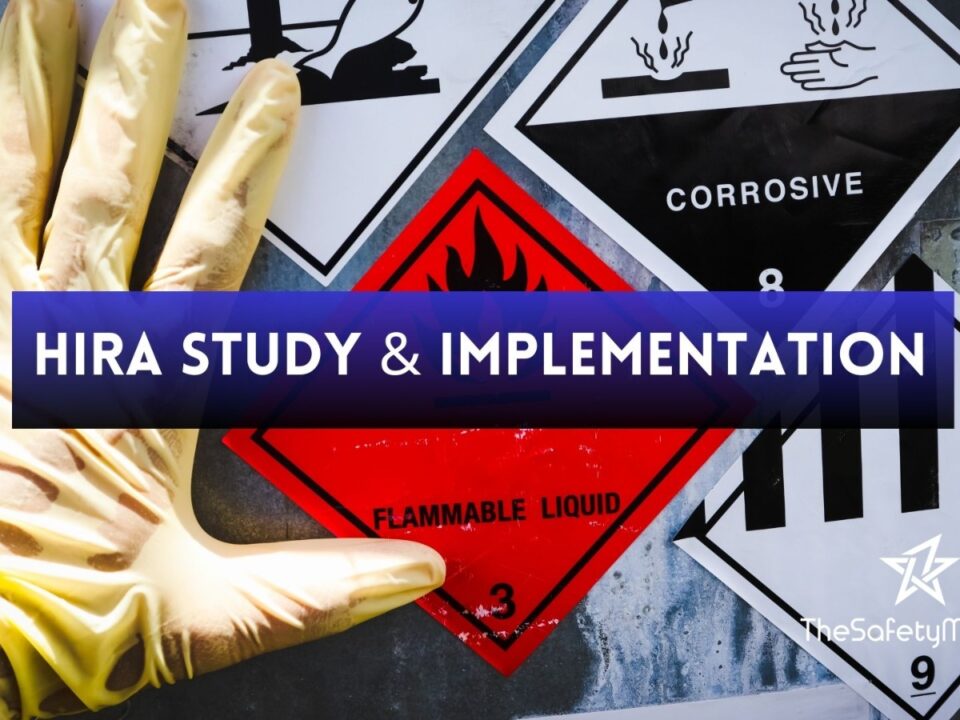HAZOP Studies: Advantages and Disadvantages of its Use

What is Safety Culture Survey in BBS Implementation?
October 3, 2022
The Factors Affecting Behaviour-Based Safety
October 20, 2022Introduction
HAZOP is an acronym that stands for “hazard and operability study.” HAZOP studies are a type of risk analysis used in engineering. They help engineers identify, evaluate, and control risks associated with the use of new technologies or procedures. HAZOP studies can be applied to any type of project—from chemical plants to subway systems to amusement rides—and can help make sure that each project meets its goals without causing any harm. We’ll also look at some pros and cons so you know whether it might be right for your project.
HAZOP Studies for risk management in a chemical plant
A HAZOP study is a structured approach to identifying risks in a chemical plant. The name comes from the initial letters of three words: “Hazard”, “Zone of Proximity” and “Operations”.
This method is used to identify the process hazards that may cause damage or injury if not properly controlled. It is also used for identifying equipment failures that could lead to significant process upsets or accidents within the plant area being examined during a HAZOP study. A HAZOP study can be applied at any level of an organization – from a small unit process through to entire factories.
Advantages:
The HAZOP method is a well-established approach that can be used to identify the main hazards and their controls. It can also be used for a more general analysis of a plant, including its management systems, with little or no prior knowledge. This makes the HAZOP method very quick to use compared with other approaches that rely on extensive data collection. It is therefore ideal for preliminary screening or where there are many possible hazards to investigate.
The team involved in a HAZOP study has good overall knowledge of how the plant operates and what might go wrong (so-called “expert opinion”). There is no need for time-consuming field surveys or studies; instead, this information can be obtained through discussions with operating personnel. A few hours spent interviewing operators during their working day will provide sufficient information needed to construct a hazard list which may then be prioritized by frequency and severity characteristics using simple tools such as checklists or rating scales
Disadvantages:
- Subjective.
The subjectivity of this type of study is a major drawback. In order to have a successful HAZOP, you need to have a good group of people who know what they’re doing and know what to look for. So if your team is inexperienced or not knowledgeable about the process, there’s no guarantee that the results will be accurate.
- Expensive.
A HAZOP study can cost anywhere from $50,000 – $500,000 depending on the size of your project and how much work needs to be done in order to complete it correctly (which can take months or even years). This type of investment may not always be feasible for smaller companies with limited budgets, but if you do end up using them anyway then you should try finding ways around having too much impact on your bottom line like doing certain tasks yourself instead of hiring others out so they don’t cost as much money in total when added together later down the road which could save some cash over time by reducing overhead costs associated with managing large teams constantly working together throughout entire projects — especially since most small businesses already operate lean budgets anyway!
Conclusion
The HAZOP method done by Process Safety Consultants is a useful tool for managing risk in chemical plants. It can be used to identify and manage the main hazards in any process.
HAZOP blog
- HAZOP Study
- HAZOP Leadership Training
- Process Hazard Analysis Implementation
For more info Contact us at
TSM TheSafetyMaster Private Limited
Email: – info@thesafetymaster.com
Call: – +91-7665231743
Visit: – https://www.thesafetymaster.com/



